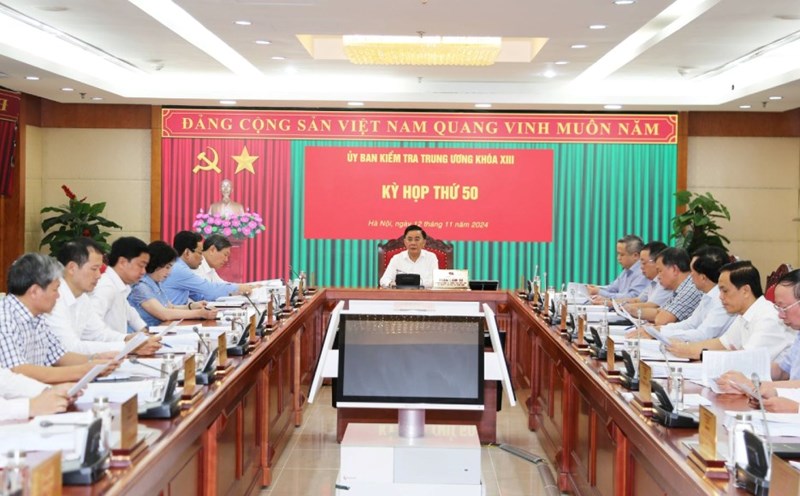Quang Ninh Province and Ha Long Bay Management Board have been organizing many activities to celebrate the 30th anniversary of Ha Long Bay being first recognized as a World Natural Heritage.
On December 17, 1994, at the 18th Session in Phuket, Thailand, the World Heritage Committee recognized Ha Long Bay as a world natural heritage site, with outstanding aesthetic value according to the standards of the International Convention for the Protection of the World's Natural and Cultural Heritage.
This is an event of great significance to the whole country, because after the Ancient Capital of Hue (recognized as a World Cultural Heritage at the 17th Session of the World Heritage Council held exactly one year earlier, in December 1993), this time, Ha Long Bay is the second place in our country to be listed as a World Heritage Site for its outstanding value in terms of landscape and aesthetics.
Ha Long Bay is located in the Northeast of Vietnam, in Quang Ninh province, 165 km from the capital Hanoi. Ha Long Bay has an area of 1,553 km2, including 1,969 islands (of which 980 have been named). The UNESCO World Heritage Site has an area of 434 km2, including 775 islands, of which 411 have been named. This is where many famous rocky islands, caves and beautiful beaches are concentrated. These islands are all uninhabited and untouched by humans, with majestic natural landscape beauty with countless limestone towers, a wonderful example of mature karst in hot and humid tropical climate conditions.
The outstanding landscape beauty is further enhanced by the typical ecosystems of the Heritage. The outstanding value of the Heritage is concentrated in the area with submerged karst limestone landforms creating a fascinating natural landscape.
Ha Long Bay is a magnificent work of natural sculpture with thousands of large and small limestone islands rising from the clear blue sea in a myriad of shapes creating a wild and beautiful landscape.
The foundation of the natural beauty is created by the high biodiversity of the bay. The biodiversity of Ha Long Bay is not only expressed at the level of gene sources and species but also at the level of ecosystems of a tropical coastal sea with 10 very specific types of ecosystems of tropical limestone islands.
In particular, the conservation values of caves and mangroves can be considered outstanding values of the ecosystems of Ha Long Bay.











